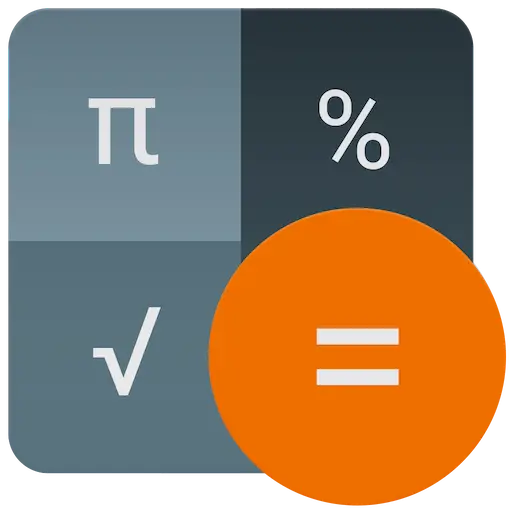Enter the first day of your last period and the length of your cycle to calculate your ovulation date and fertile window.
Ovulation Calculator: Your New Best Friend in the World of Cycles!
Let’s face it—tracking your cycle can feel a bit like a mystery novel. Every month, a new chapter unfolds, and you’re trying to piece together clues that tell you when you’ll be at your most fertile. Fear not, fellow cycle detectives! Enter the ovulation calculator, your trusty sidekick in decoding the tale of your cycle with ease.
What Exactly Is Ovulation and Why Should You Care?
First, let’s get down to the basics. Ovulation is when your body releases an egg, ready to meet sperm. If you’re planning to conceive, this is the time to unleash your baby-making powers. If you’re not, well, it’s still good to know so you can avoid any surprises. Ovulation typically happens about 14 days before the start of your next period, but that can vary, which is where an ovulation calculator comes in handy.
The Power of an Ovulation Calculator
Now, I can almost hear you saying, “Why do I need an ovulation calculator when I already track my cycle?” Well, it’s not just about knowing when your period is coming (thank goodness, right?). This nifty tool gives you a window of when you’re most likely to conceive. It takes into account your cycle length and the first day of your last period, two critical pieces of the puzzle.
You just enter a few details, and voilà! The calculator spits out a range of dates: your fertile window (those golden days) and your ovulation day (the exact day your egg is feeling social).
How Does It Work? Simple Math, No Need for a PhD!
Here’s how it works:
- First Day of Your Last Period: When was the first day of your last period? Enter that date.
- Cycle Length: This is how long your menstrual cycle is, usually between 21 to 35 days. If you’re unsure, don’t worry. The average cycle is around 28 days.
- Ovulation Date: The calculator will tell you when ovulation is likely to occur—typically around 14 days before the start of your next period.
Your Fertile Window: Where the Magic Happens
Once you know your ovulation date, the calculator will also give you a fertile window—usually the five days before and the day after ovulation. Why is this important? Because sperm can live inside the body for up to five days, so if you’re trying for a baby, you want to time things right!
So, Should You Trust It?
While the calculator is a fantastic tool for estimating your fertile window, remember: no tool is perfect! Bodies are wonderfully unpredictable. Factors like stress, illness, and even travel can mess with your cycle. But hey, an ovulation calculator is still a pretty good starting point to give you the best shot at predicting those special days.
Pro Tip: No Calculator? No Problem!
If you’re without a calculator, don’t worry! There are other ways to track ovulation, like monitoring your cervical mucus or using ovulation test kits. But for simplicity’s sake, the calculator is a quick and easy option that’s pretty darn accurate.
In Conclusion: The Ovulation Calculator—Your New Cycle BFF!
Whether you’re trying to conceive or simply trying to get in tune with your body, an ovulation calculator can be a game changer. It’s fast, easy to use, and might just give you the answers you’ve been looking for. So, next time someone asks, “When’s the best time for baby-making?” you can confidently answer with a smirk—because now you know exactly when!
And hey, you might even enjoy the journey a little more, knowing exactly when your body is in peak condition for creating life or simply avoiding surprises.
Happy calculating and happy cycles!
